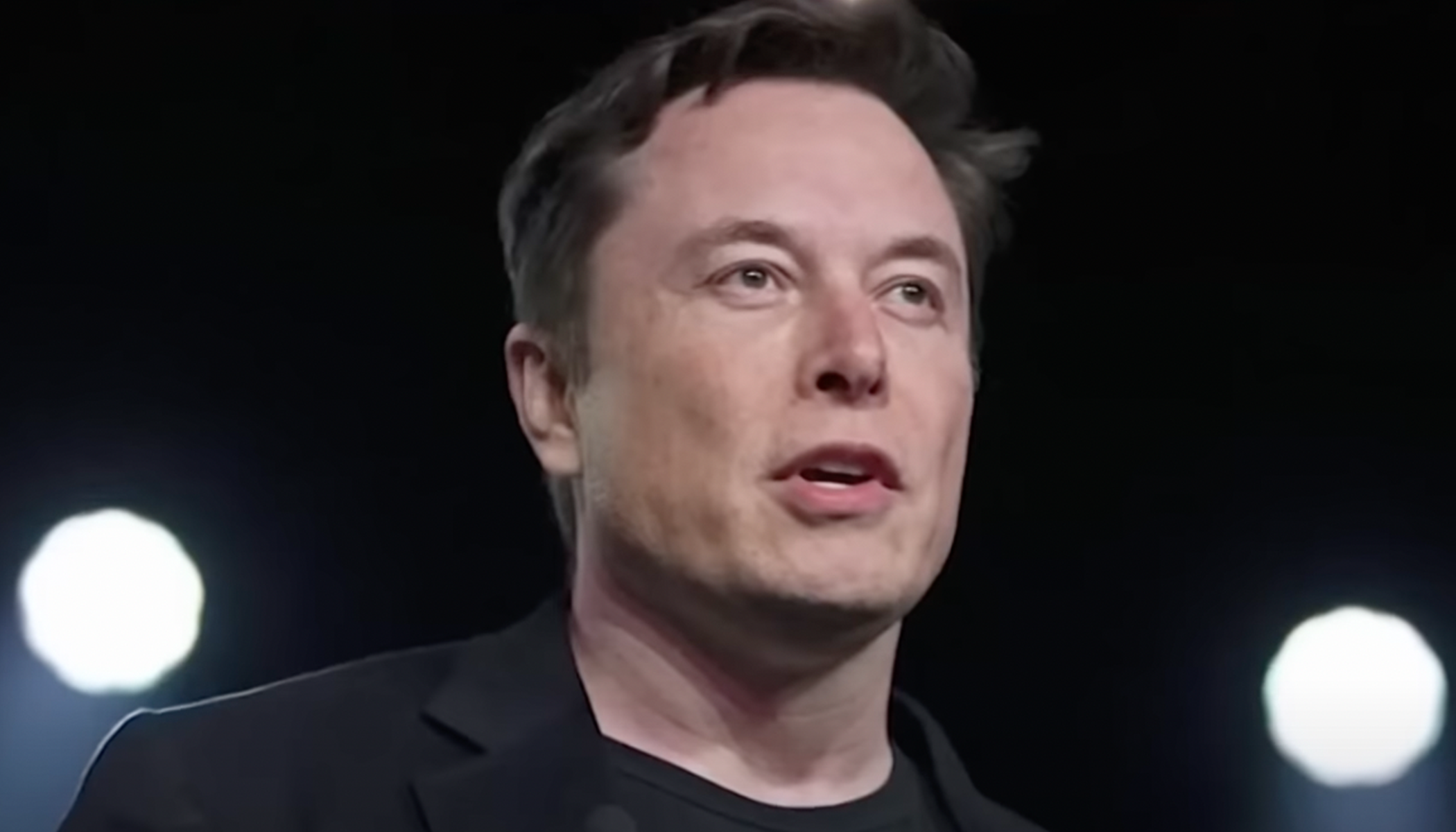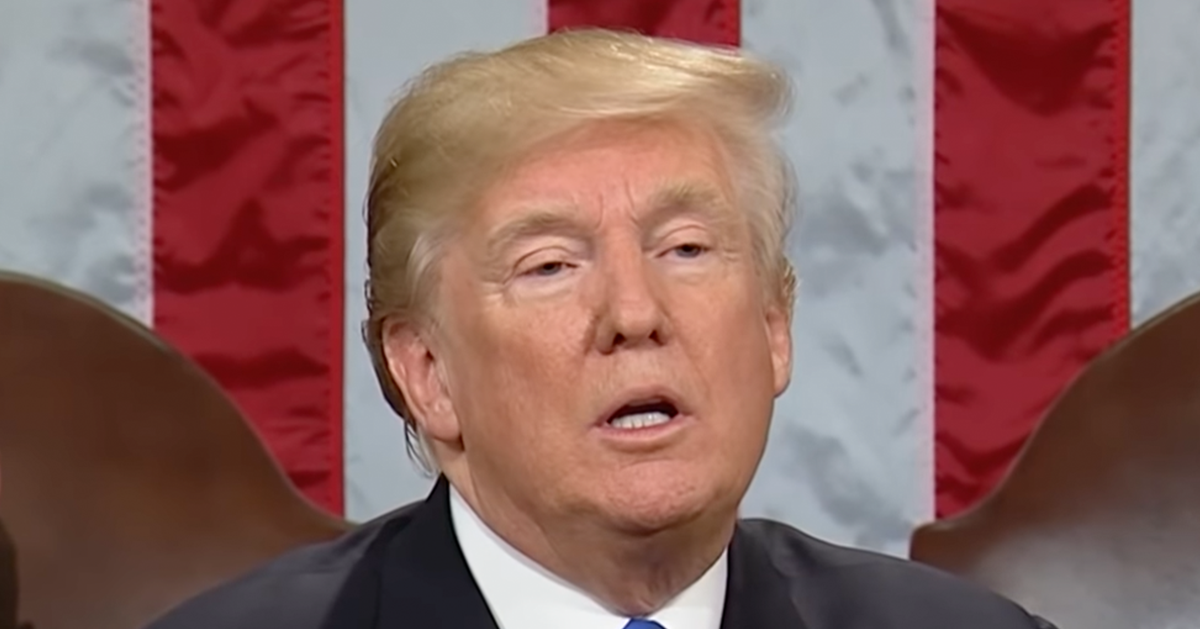NASA Prepares International Space Station's Final Orbit
The iconic International Space Station (ISS) is set to conclude its illustrious journey, as NASA unveils its plan to de-orbit the massive structure by 2031.
This ambitious retirement initiative aims to safely re-enter the ISS into Earth's atmosphere through a developed de-orbit vehicle and newly formed commercial partnerships, as the Post Millennial reports.
NASA Announces ISS De-Orbit Plan
The ISS, a monumental achievement in space exploration, has been a collaborative project between NASA and Russia since its establishment in October 2000. The space station originated from the merging of separate station plans devised by both countries in 1993. Over time, it has grown into the largest structure ever assembled in space, symbolizing international cooperation and scientific progress.
However, NASA has now determined that the time has come to retire the ISS. With a target date set for 2031, the space agency plans to orchestrate a controlled de-orbit of the station. This decision is driven by the potential threat posed by the ISS's considerable size during re-entry.
NASA Administrator Bill Nelson emphasized the necessity of precision in this endeavor. "It's as big as a football stadium," Nelson told Fox News. "We need to be able to very precisely put them in the graveyard in the southern Pacific Ocean."
Planning for a Safe Re-entry
To ensure a successful de-orbit, NASA is proactively developing a de-orbit vehicle. This vehicle, under development 5-6 years in advance, aims to guide the ISS into a precise re-entry path. The spacecraft’s ultimate demise is carefully planned to minimize risks to human life and property.
NASA's foresight is driven by uncertainty regarding future collaboration with Russia. "This far in advance, 5 or 6 years in advance, we are developing the de-orbit vehicle," explained Nelson. "You never can tell with the things that President Putin is up to. What is going to be our relationship?"
With this in mind, NASA has opted not to rely on Russian assistance for the ISS's decommissioning. This strategic decision reflects broader geopolitical considerations and the need for self-reliance in space operations.
Formation of Commercial Partnerships
In its quest to retire the ISS, NASA is also leveraging new commercial partnerships. These partnerships involve companies from the United States and allied nations, ensuring a broad base of support for the de-orbit mission.
One noteworthy collaboration is with Voyager Space, which plans to launch Starlab, an international base in lower orbit. Starlab aims to continue the legacy of the ISS by serving as a hub for scientific research and international cooperation.
The Starlab project is truly international in scope, with participation from European, Japanese, and Canadian companies. Europeans are represented by Airbus, the Japanese by Mitsubishi Corporation, and the Canadians by MDA, which provides the robotic arm. "And of course, we have the support of NASA," added Manber, president of International and Space Stations at Voyager Space.
National Security and Geopolitical Context
NASA's partnership strategy also has implications for national security. By involving various international partners, the agency seeks to enhance the resilience and security of space operations. This approach aims to mitigate the risks associated with relying on a single nation for critical space missions.
Concerns about geopolitical dynamics also factor into the de-orbit plan. China's space station, currently the only other structure in orbit housing astronauts, is excluded from ISS collaborations due to the military control over its space program. This exclusion underscores the importance of diversified and robust international partnerships.
Manber highlighted the benefits of commercial collaboration over government-operated space missions. "There are limitations to being on a space station that's operated by multiple governments," he noted. "When you're commercial, you don't have to be political like we had to be in inviting the Russians in 30 years ago."
Final Steps Towards Retirement
As NASA moves forward with its de-orbit plans, the ISS will remain operational until 2030. During this period, it will continue to serve as a platform for scientific discovery and international collaboration. The collected data and research will inform future missions and technological advancements.
However, the eventual decommissioning will inevitably generate debris. Not all components of the ISS are expected to burn up upon re-entry. The remaining fragments are projected to descend into the southern Pacific Ocean, a designated "graveyard" for space debris.
Amid these developments, NASA’s commitment to a precise and controlled de-orbit remains steadfast. This meticulous approach aims to safeguard both terrestrial and space environments.
Conclusion
In summary, NASA's plan to de-orbit the ISS by 2031 represents a significant transition in space exploration.
The retirement of the ISS, the largest man-made structure in space, involves a comprehensive strategy of developing a de-orbit vehicle and engaging commercial partnerships to ensure a precise and safe re-entry.
As the international community looks toward the future, new ventures like Starlab promise to carry forward the spirit of collaboration and scientific inquiry pioneered by the ISS.






